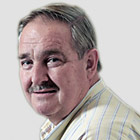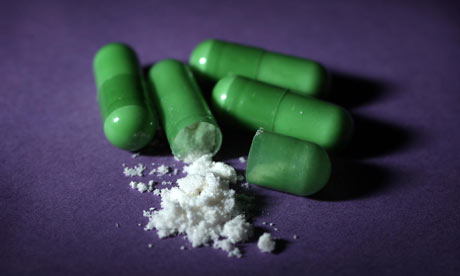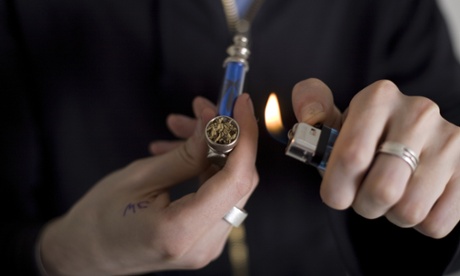With the Psychoactive Substances Act 2016, ministers last week banned the sale or procurement of any substance that has psychoactive activity, regardless of whether it is harmless or even useful. The sole exceptions are alcohol, nicotine products and caffeine.
The main justification for this draconian piece of legislation is to make it easy for the police and local authorities to close down “head shops”, or at least to stop them selling so-called legal highs: drugs such as nitrous oxide; some synthetic cannabinoids, salvia, and some weak stimulants known as bubbles or sparkle. The act is based on the false premise that legal highs are responsible for up to 100 deaths a year, when in fact the true number is fewer than 10. Media hysteria about the use of nitrous oxide by a few footballers and a dislike of young people doing something different from their parents has also played a part.
My own view is that this new act is part of a systematic campaign by successive governments to pretend to be doing something about drugs, so enabling them to ignore the most harmful ones: tobacco, alcohol and heroin. Legal highs have become a new moral panic in the same vein as those created previously for cannabis, cocaine – and most recently mephedrone.
As tobacco is responsible for more than 80,000 premature deaths a year, alcohol for more than 25,000 and heroin and other opioids for about 1,500, one might imagine that these would be the main targets for drug policy interventions. But they are not, because this government and the last Labour administration have continued with a drugs policy whose primary measure of outcome is the number of users, rather than the harms of drug or alcohol use. I sometimes suspect that the instigators of this policy feel that the number of dead users aids their target, since death stops them being counted.
This measure – use as opposed to harm – has distorted not only the approach to new drugs but also the way drug dependence is tackled in the UK. Instead of using approaches to minimise deaths, current policy promotes abstinence above other interventions.
Undoubtedly, abstinence can work. But most people with drug and alcohol dependence who stop using relapse at least once before becoming stably abstinent, and many relapse multiple times. In each of these relapses they are particularly vulnerable to the effects of the drugs they start using again, since they have lost the tolerance that they had acquired. This loss of tolerance means a significant proportion die in their relapses, with recent examples being Amy Winehouse, who died from alcohol poisoning when she resumed drinking, and Philip Seymour Hoffman, who died from a heroin relapse.
A proven way to reduce deaths from relapse is to use medicines that substitute for the dependent drug but are safer. For heroin, these are methadone and buprenorphine; and for alcohol, sodium oxybate or baclofen. Safer medical alternatives also exist for nicotine, such as varenicline and for cocaine, such as amphetamine or modafinil.
Given the principle that safer substitutes can work when used medically, it makes sense to encourage the use of safer alternatives to illegal drugs. An excellent instance of this was when mephedrone, [also known as cat or meow meow,] hit the UK in the latter half of the 2000s. This is a moderate stimulant with actions similar to cocaine and amphetamine but with less power per unit dose.
When it was first sold mephedrone was legal and rapidly became very popular, with many hundreds of thousands of users in the UK. The resultant media and police panic led to its being banned within a couple of years, despite few if any deaths. However, during the period of legal mephedrone popularity, deaths from cocaine – which over the preceding decade has risen inexorably year on year – fell precipitously. Amphetamine deaths also fell by a similar percentage.
The most plausible explanation is that people switched tothe legal drug mephedrone because it was legal, pure and less toxic. I have estimated, based on the ONS statistics, that mephedrone probably saved more than 300 deaths from cocaine and amphetamine while it was legal. Since it has been banned the fall in cocaine deaths has reversed, and last year reached a new UK record of nearly 250. Amphetamine deaths have also risen, and there has been a resurgence in MDMA use.
Many young people, including professional footballers, have used legal highs such as nitrous oxide in order to avoid more dangerous intoxicants. Now the only intoxicant they are allowed to use legally is alcohol, which research by me and others – published in the Lancet in 2010 – showed was the most harmful drug in the UK.
The new act means that safer and less dependence-producing alternatives to alcohol would now be illegal, as would safer alternatives to nicotine. Thus innovative approaches to health improvement have been snuffed out for a purely symbolic, politically motivated, gesture to close head shops and appease elements of the media.
I predict that in a few years, the data on the impact of this act will reveal the same results as the Irish ban of six years ago did – that is, more use from the black market and internet supplies, and more drug-related deaths. But will anyone in government care?











